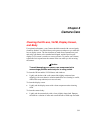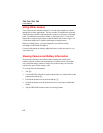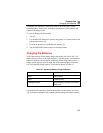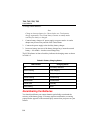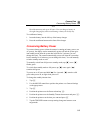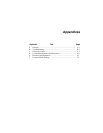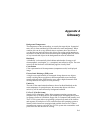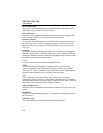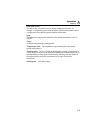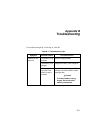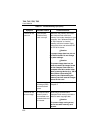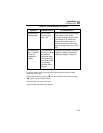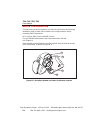A-1
Appendix A
Glossary
Background Temperature
The temperature of the surroundings, as seen by the target object. In practical
terms, this is often considered to be the ambient or room temperature. When
outdoors, this can be a very difficult value to estimate, due to the effects of
very hot (the sun) and cold (clear sky) objects. By paying careful attention to
the location of and direction from which an object is photographed, the effects
of very hot and cold objects in the background can often be minimized.
Blackbody
A blackbody is a theoretically ideal radiator and absorber of energy at all
electromagnetic wavelengths, i.e., a completely non-reflective object. The term
comes from the fact that a cold blackbody appears visually black.
Color Palette
Color representation of the temperatures (temperature scale) in a displayed
image.
Electro Static Discharge (ESD) event
A single-event, rapid transfer of electrostatic charge between two objects,
usually resulting when two objects at different potentials come into direct
contact with each other. ESD can also occur when a high electrostatic field
develops between two objects in close proximity.
Emissivity
The ratio of the actual emitted radiance to that of an ideal blackbody at the
same temperature. In practical terms, this means that objects with lower
emissivity will be more affected by background radiation.
FAT or FAT16 file format
Stands for File Allocation Tables. Most computer operating systems store
computer files by dividing the file into smaller pieces and storing those pieces
in separate clusters of a hard disk, floppy disk, or Compact Flash memory card.
The FAT file system allows an operating system to keep track of the location
and sequence of each piece of a file, and also allows the operating system to
identify which clusters are unassigned and available for new files. When a
computer user wants to read a file, the FAT file system also reassembles each
piece of the file into one unit for viewing.



